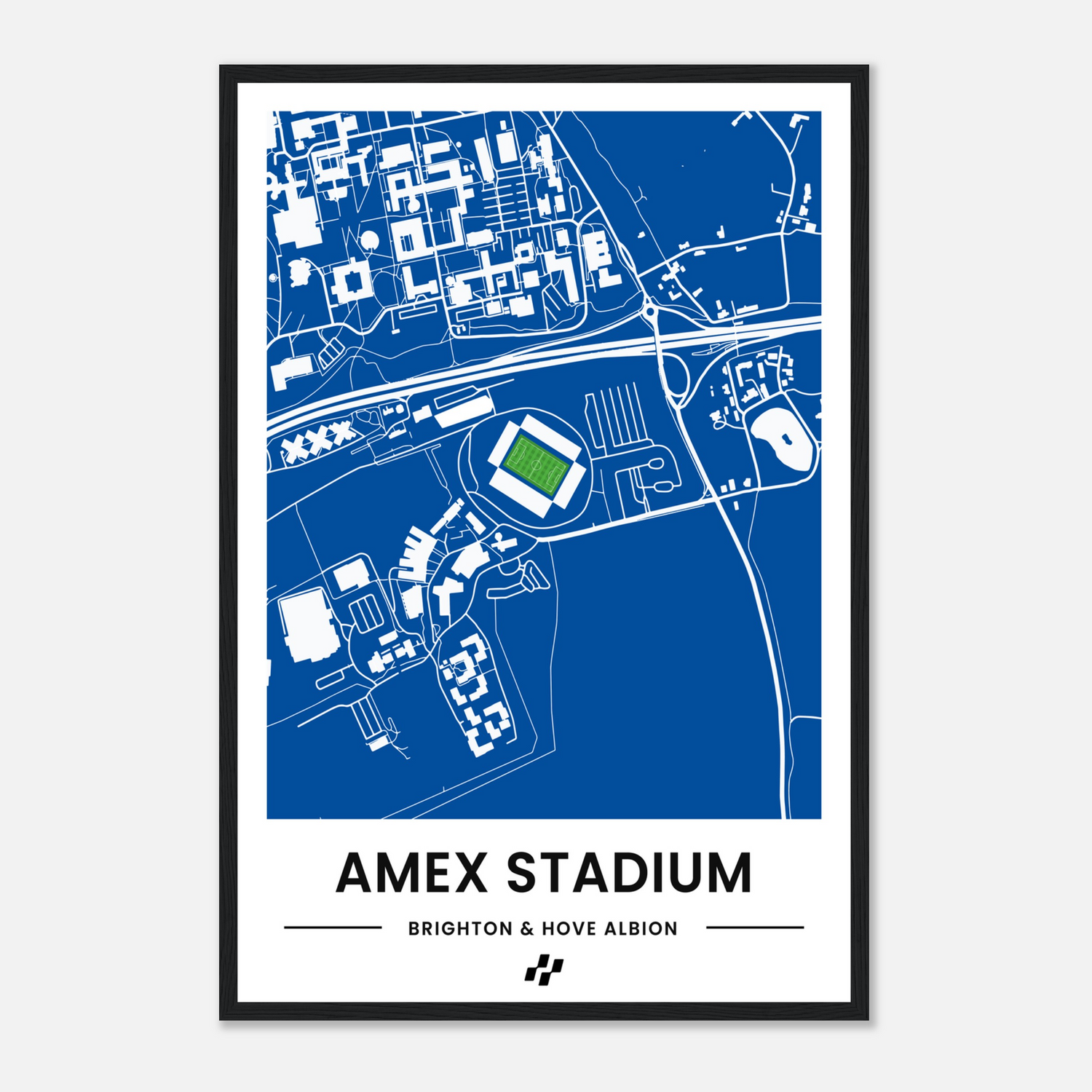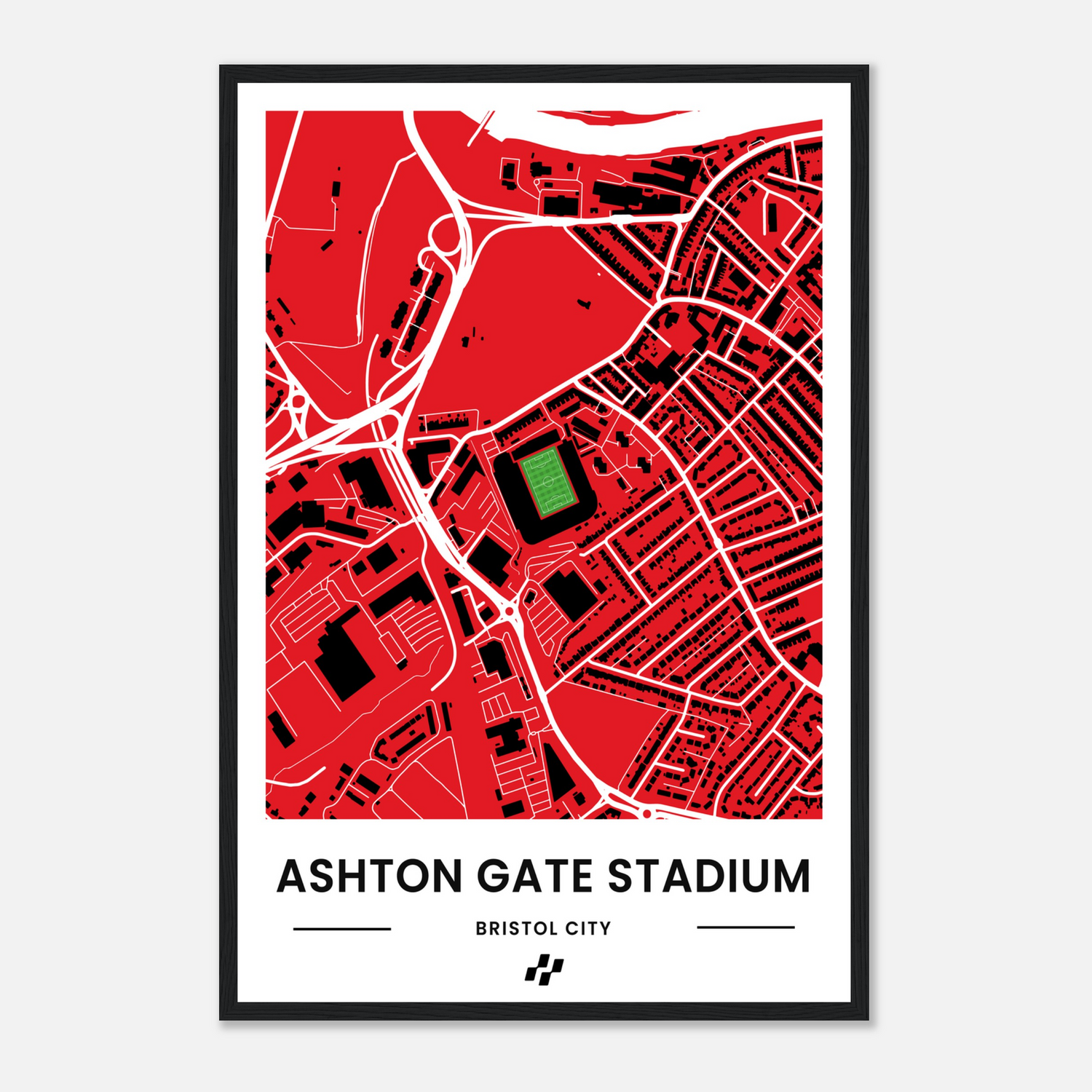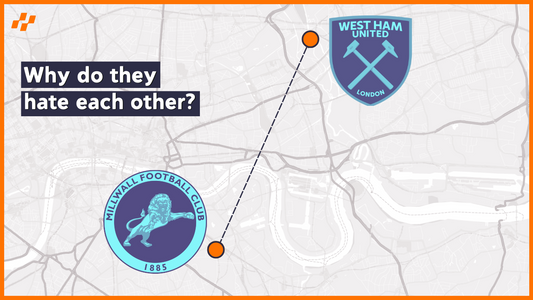
How Mikel Arteta Has Changed Arsenal
Share
Mikel Arteta has had a whirlwind tenure at Arsenal, from the discouraging lows of losing streaks and missing out on European football to the exhilarating highs of winning the FA Cup and the belief that future success is on the horizon.
Arsenal was 40/1 outsiders to win the title before the 2022–23 season even started, but Arteta has overseen an almost unbelievable improvement. Arsenal is now a title contender thanks to Arteta, but this wasn't a fluke; Arteta has been gradually improving the team ever since he took over as manager.
In this article, we’ll look at how Arteta has changed Arsenal since becoming Manager.
Watch the video on our YouTube channel here
Cultural reset
The club Arteta had left behind in 2016 felt different, much of the soul had been sucked out of the place.
When asked if he believed the club had lost its way during his official press unveiling, he responded, "That's what I'm sensing from the outside. I would like to take some steps to start to understand the reasons why.”
Beyond tactical and squad alterations by the manager, the much-discussed culture at the club has changed considerably.
Arteta has pushed through big changes at the training ground, which has been given a facelift to celebrate former glories and serves as a reminder to current players of the high standards they should strive to uphold. Arteta felt the corridors around London Colney were too sterile, so pictures, murals and inspiring quotes have been put up on the walls, with more to follow soon.
One huge mural that the squad must walk past before heading out to train every day celebrates the record setting 49-game unbeaten run from the invincible season, while a giant picture of Arsene Wenger now greets the players when they enter the building each morning. A quote from Wenger sits on the wall underneath it, which reads: "Here you have the opportunity to get out the greatness that is in each of you."
Punctuality was important to Arteta, most days Arteta would arrive an hour before the rest so he could plan his day ahead. This approach has rubbed off positively on the rest of the group with other players now arriving early themselves, choosing to have breakfast with their teammates on site.
Arteta has created a warmer environment and greater unity, players make greater effort to celebrate events like birthdays, giving a greater sense of a ‘family feel’ around the club.
Squad Clear out
Arteta's ability to influence players to embrace his ideas has proven to be one of his greatest assets. But he is also ruthless, as many have found out. When Arteta took over as Arsenal manager replacing Unai Emery, he inherited an underperforming team that was in need of significant changes. He identified players who did not fit his vision for the club and made some tough decisions to move them on, while also bringing in new signings to strengthen the squad.
Some of the players who left Arsenal during Arteta's tenure include Aubameyang, Alexandre Lacazette, Guendouzi, Emiliano Martinez, Bernd Leno, Henrikh Mkhitaryan, Lucas Torreira, Calum Chambers, Mustafi, Papastathopoulos, Willian, Joe Willock, David Luiz, and Mesut Ozil. These players were either deemed surplus to requirements or did not fit into Arteta's plans.
Arteta also brought in several new players who have made a positive impact on the squad. Notable signings include Gabriel Magalhães, Thomas Partey, Martin Odegaard, Leandro Trossard, Ben White, Aaron Ramsdale, as well as Gabriel Jesus and Oleksandr Zinchenko who have brought years of Pep Guardiola training from their time at Manchester City and have immediately settled into Arteta’s system.
Youth Integration:
Arteta inherited an ageing squad but has been proactive in bringing that down by investing in a host of young stars. All of Arsenal's summer signings are aged 24 or under, with the scope for them to evolve under his tutelage over the coming years.
Arteta has given opportunities to young players like Bukayo Saka, Emile Smith Rowe, and Gabriel Martinelli. These players have repaid his faith by putting in impressive performances and adding energy to the team.
As key players in Arteta's system now, Saka and Martinelli consistently rank in the top two in Premier League one-on-one situations with the ball at their feet. Being in a dominant team helps with the number of promising situations. Arsenal have had more possession than 18 of the other 19 teams in the Premier League. This has led to their players having more opportunities.
But there is more to it than that. The circulation of the ball, the entire set-up of Arteta's Arsenal team, is designed with this in mind.
Tactical Flexibility:
Arteta's tactics are designed to create a cohesive and dynamic team that is comfortable both in and out of possession. By focusing on player positioning, possession play, and pressing, he has been able to improve Arsenal's performances and lay the groundwork for future success.
Oleksandr Zinchenko joined Takehiro Tomiyasu, Kieran Tierney, and the converted Ben White as options for Arteta's full-back lineup in the summer of 2022. Just like he did for City, Zinchenko inverts from full-back, moving alongside the single pivot in Arteta’s 4-3-3 – usually Thomas Partey – to create a double pivot during sustained periods of possession. Granit Xhaka advances from the double pivot when Arsenal lines up in a 4-2-3-1 to join Martin Odegaard as an advanced number eight in the inside channels. Zinchenko’s arrival has made Arsenal far more flexible, with more rotations possible. This makes them more unpredictable in possession.
Arteta places a strong emphasis on possession play, with his team looking to dominate the ball and control the tempo of the game. However, his possession style is not just about keeping the ball for the sake of it - he encourages his players to be dynamic and creative in their passing, constantly looking for opportunities to break through the opposition's defensive lines.
Arteta is also a proponent of high pressing, Jesus was brought in by Arteta to provide a greater goal threat up front and a link to midfield runners, but more so as an improved counter-pressing centre-forward. In 2021/22, Arsenal ranked 13th for PPDA (passes per defensive action), indicating they were in lower mid-table for the intensity of their press. In 2022/23 so far, they are in the top 3 for this metric. Also Partey’s solidity as the anchor in Midfield frees up Granit Xhaka to focus on his superb distribution and releases Martin Ødegaard to dictate the tempo from a higher starting position. This has naturally made Arsenal more defensively solid, but they are also scoring goals after high turnovers from a press.
Improved Defence:
Arteta's focus on defensive stability and organisation has been a key factor in Arsenal's improved performances. The team looks more solid and confident in defence, which has allowed them to play with greater freedom and creativity in attack.
Under Arteta, Gabriel Magalhes and William Saliba have established themselves as Arsenal's first-choice centre-back pairing and have developed a solid defensive chemistry. In addition to being young and athletic, both players have excellent positional awareness and defensive instincts, which has allowed Arsenal to defend with a high line while goalkeeper Aaron Ramsdale sweeps up behind them. Gabriel's aerial ability has improved Arsenal's defence, and this season, both in open play and at set-pieces, they appear more secure when facing crosses.
One of the standout features of Gabriel, Zinchenko, Saliba and White’s play is their ability to carry the ball out of defence and launch counter-attacks. This is an important aspect of Arteta's tactics, as it allows Arsenal to transition quickly from defence to attack.
Whether Arsenal go on to achieve the Premier League title or not, Arteta most definitely deserves huge credit for this incredible impact on Arsenal.





